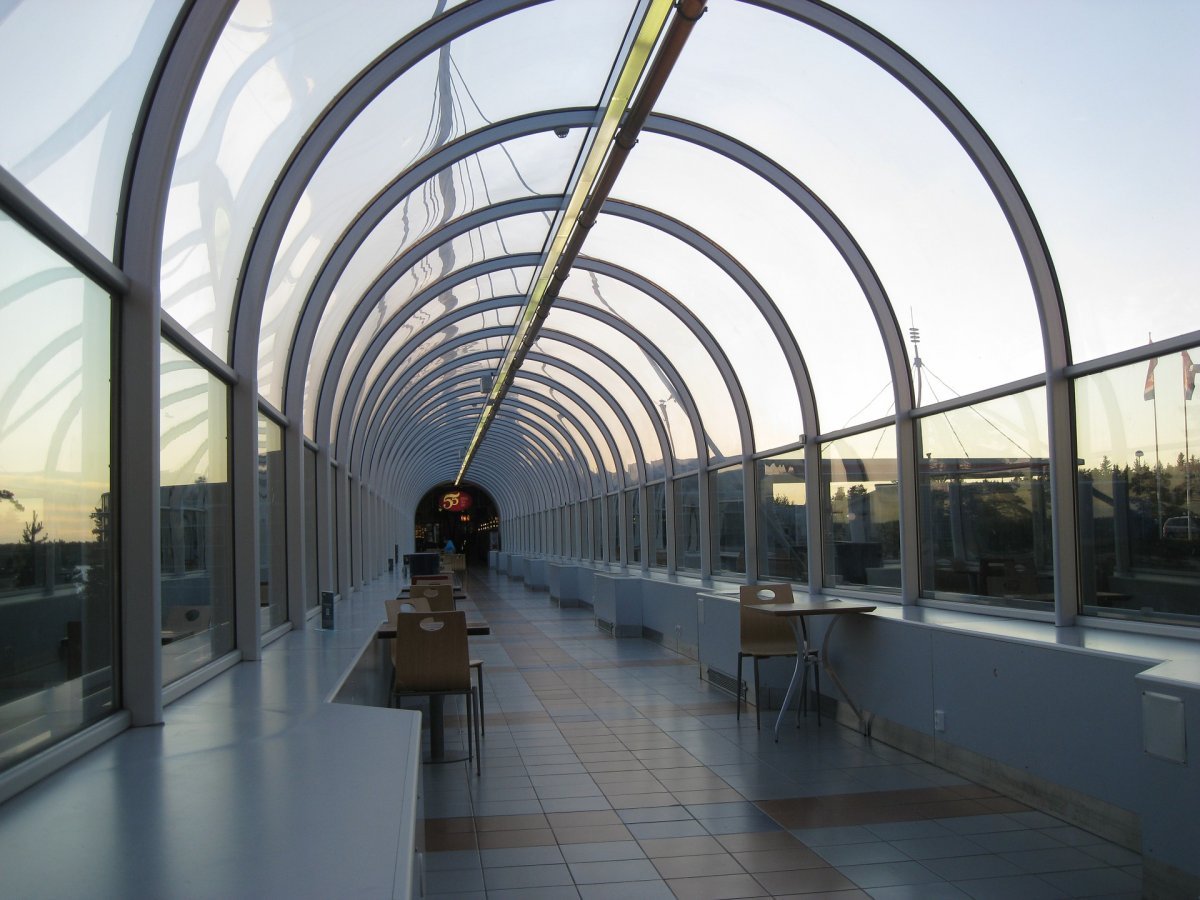Overpass Constructions
Overpass Constructions: A Vital Infrastructure Solution in Modern Urbanism
Overpass constructions have become one of the most important building blocks of modern city planning today. Overpasses, which are built both to regulate traffic flow and to ensure pedestrian safety, are an increasing need in parallel with the developing urbanization and increasing population density. In this article, we will conduct a comprehensive review of the importance of overpass constructions, construction processes, materials used, techniques and how projects are evaluated in terms of sustainability.
The Importance and Uses of Overpasses
Overpasses play a critical role in ensuring the safety of both pedestrians and vehicles in areas where traffic is heavy. These structures, which are often used especially on main roads, highways, train lines or industrial areas in the city, offer significant advantages in the following areas:
Pedestrian Safety: It allows pedestrians to cross safely in heavy traffic areas.
Traffic Flow: Reduces traffic congestion and allows vehicles to move in an orderly manner.
Ease of Access: It offers easy access to shopping malls, schools, hospitals and other public buildings.
Aesthetics and City Identity: It contributes to the aesthetic appearance of cities with modern designs.
Overpass Construction Processes
Flyover Deconstruction requires a combination of disciplines such as engineering, architecture and urban planning. The following processes are followed for a successful flyover project:
1. Needs Analysis and Planning
Before the construction of the overpass, the traffic, pedestrian density and infrastructure status of the region are analyzed. These analyses are critical for determining in which regions flyover is required.
2. Project Design
Engineers and architects take into account factors such as aesthetics, durability and functionality when creating the design of an overpass. Durable and environmentally friendly materials such as steel, concrete and glass are used in modern overpasses.
3. Material Selection
The materials used in the construction of the overpass ensure that the project is long-lasting and sustainable. Usually the following materials are preferred:
Steel: Offers high durability and flexibility.
Concrete: an economical and durable option.
Composite Materials: Used for lighter and longer lasting structures.
4. Construction and Assembly
Cast-in-place concrete, prefabricated elements or steel installation techniques are used in the construction process. Each technique may vary depending on the size of the project, environmental conditions and budget.
5. Inspection and Safety Tests
After the construction of the overpass is completed, it is subjected to a comprehensive inspection process. Load tests, material checks and compliance tests with safety standards are carried out at this stage.
Sustainable Overpass Constructions
Today, the understanding of environmentally friendly urbanism is also reflected in overpass projects. The following steps can be applied for the construction of a sustainable overpass:
Energy Efficiency: Overpasses equipped with solar panels meet the lighting needs and save energy.
Recycled Materials: The use of recyclable materials such as concrete and steel is encouraged.
Green Space Integration: Environmental impacts can be reduced by creating green areas and vertical gardens around the overpass.
The Situation of Overpass Construction in Turkey
Turkey, with its rapidly growing cities and increasing population, attaches great importance to overpass projects. Especially in big cities such as Istanbul, Ankara, Izmir, a large number of modern overpasses have been built in order to regulate pedestrian and vehicle traffic.
In recent years, aesthetic designs and environmentally friendly approaches have been at the forefront of overpasses built in Turkey. In addition, features such as ramps and elevators suitable for the use of people with disabilities are also becoming widespread.
Difficulties Encountered in Overpass Projects
Some difficulties may be encountered in the construction of overpasses:
Space Constraints: The construction process may become difficult due to space constraints in dense urban centers.
Traffic Management: It is important to work without disrupting the traffic flow during construction.
Cost and Financing: Large projects may require high costs.
Overpass constructions provide modern and effective solutions to the infrastructure problems of cities. Projects implemented with the right planning, appropriate material selection and sustainability principles increase both the safety and aesthetic appearance of cities.
Given the traffic density and population growth, it is inevitable that overpasses will also play an important role in urban planning in the future. Therefore, it is of great importance to develop projects that are suitable for the needs of cities and to support innovative approaches in this field.

